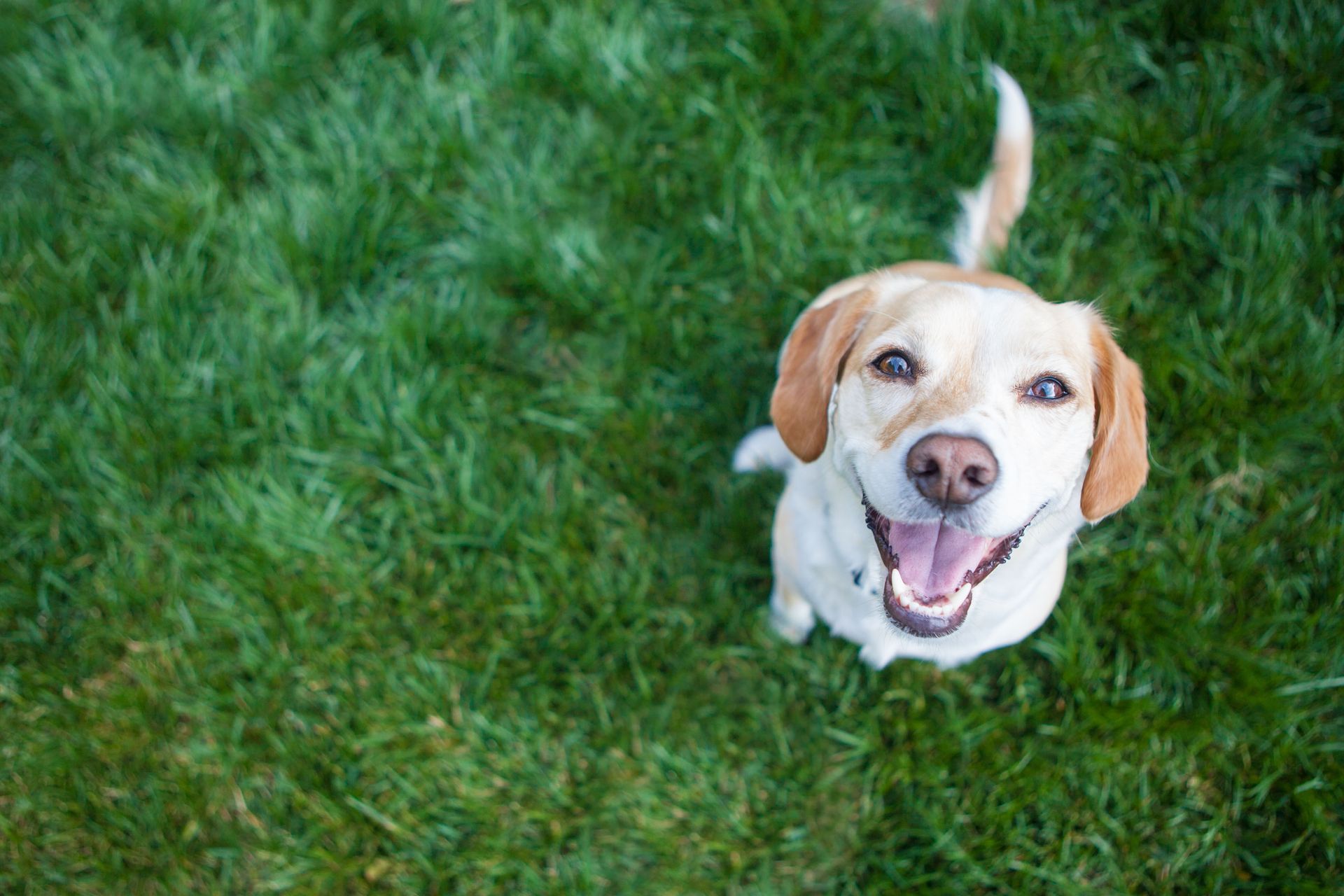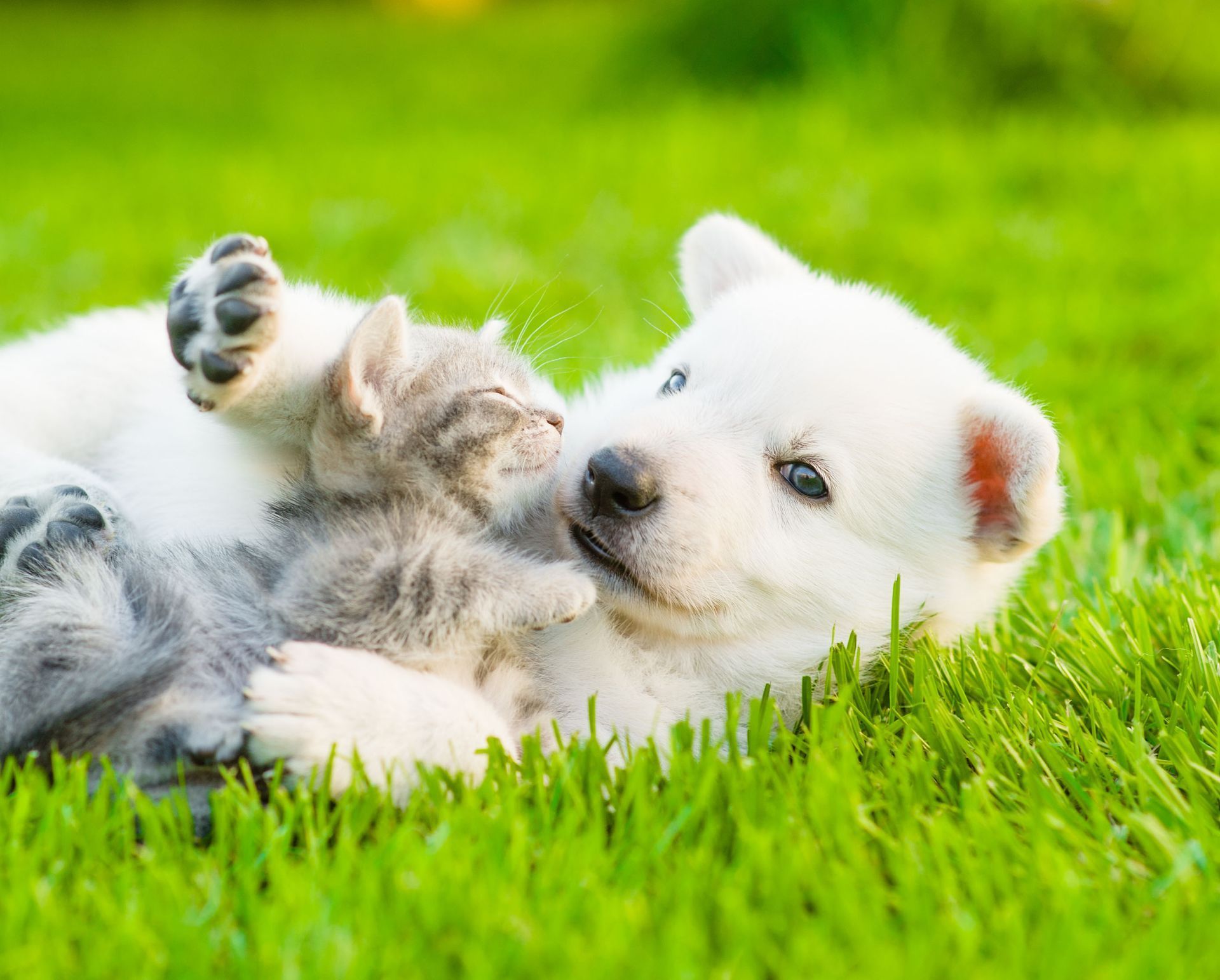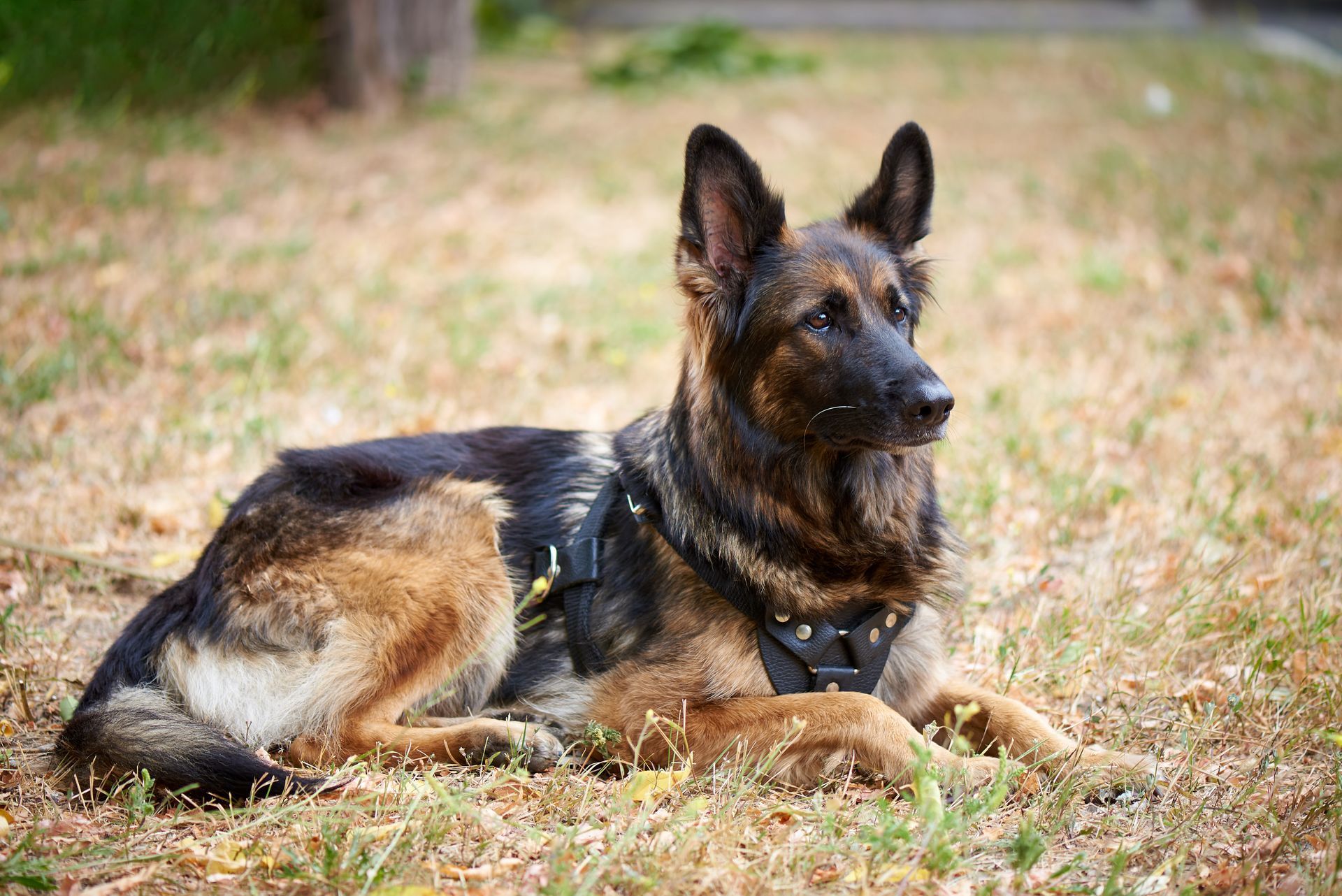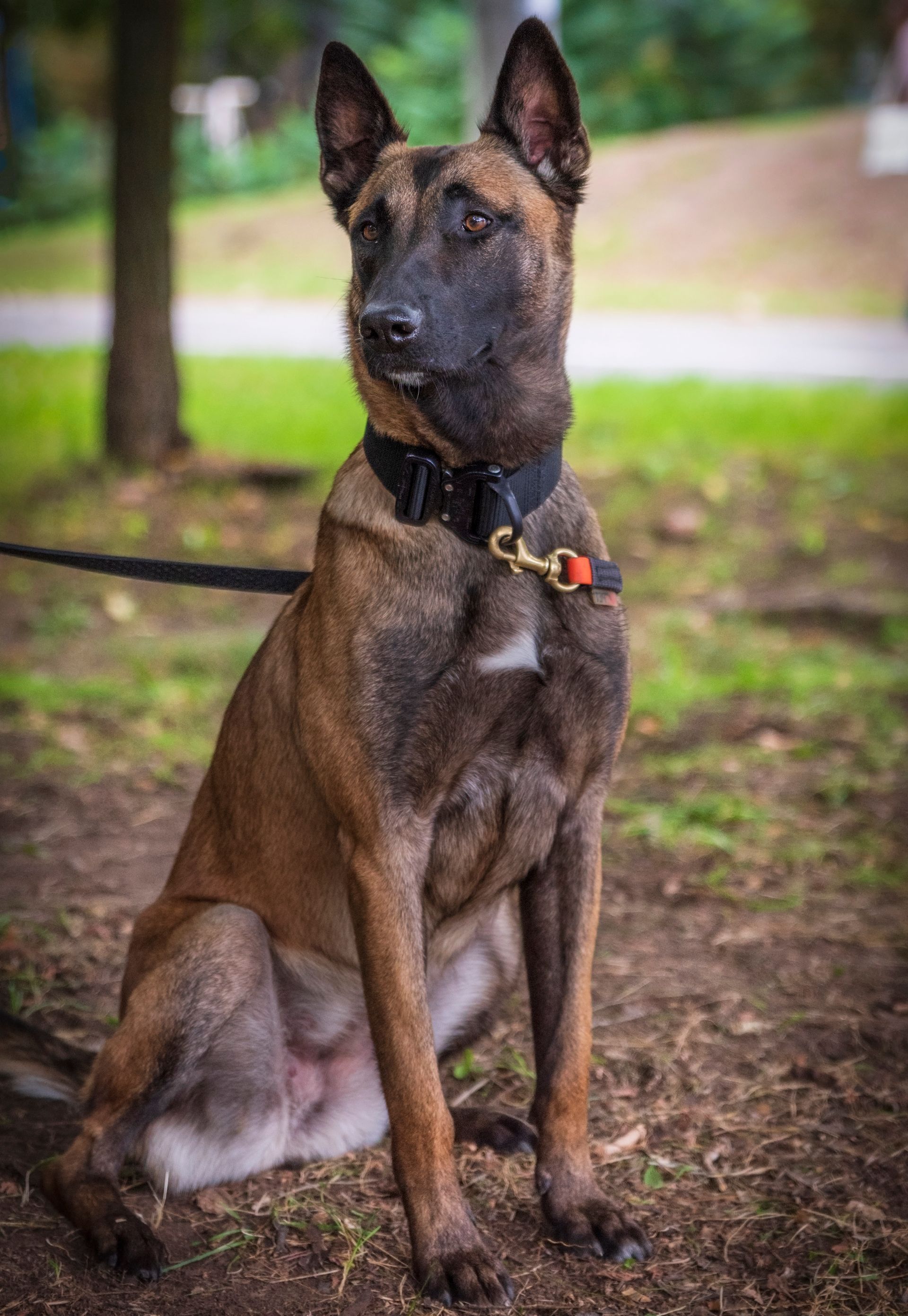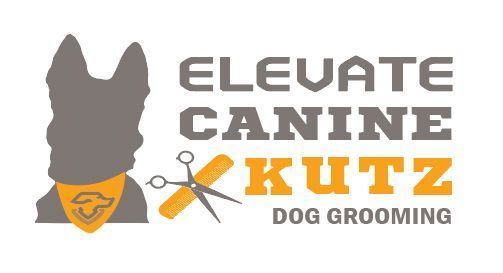May 19, 2025
“Bailey’s not aggressive. She doesn’t bite. She’s just a little hyper,” said Jenna, her owner. “We don’t need training, but I figured I’d ask about classes.”
Two months later, Bailey had jumped the fence, chased a neighbor’s kid, and nearly caused a car accident by running into the street.
That’s how it happens. One moment you’ve got a “good enough” dog. The next, you’re dealing with an emergency.
The truth is, most people wait until there’s a problem to start training. But by then, the damage is already done—financially, emotionally, and sometimes legally.
Training isn’t just about fixing behaviors—it’s about preventing them. Teaching a reliable recall before your dog bolts. Setting boundaries before your dog decides guests are chew toys. Teaching impulse control before they dart into traffic.
Bailey eventually came to us for training, and she did great. But the whole situation could’ve been avoided with early investment in obedience and structure.
Training doesn’t just make life easier. It saves you from heartache—and potential lawsuits.
